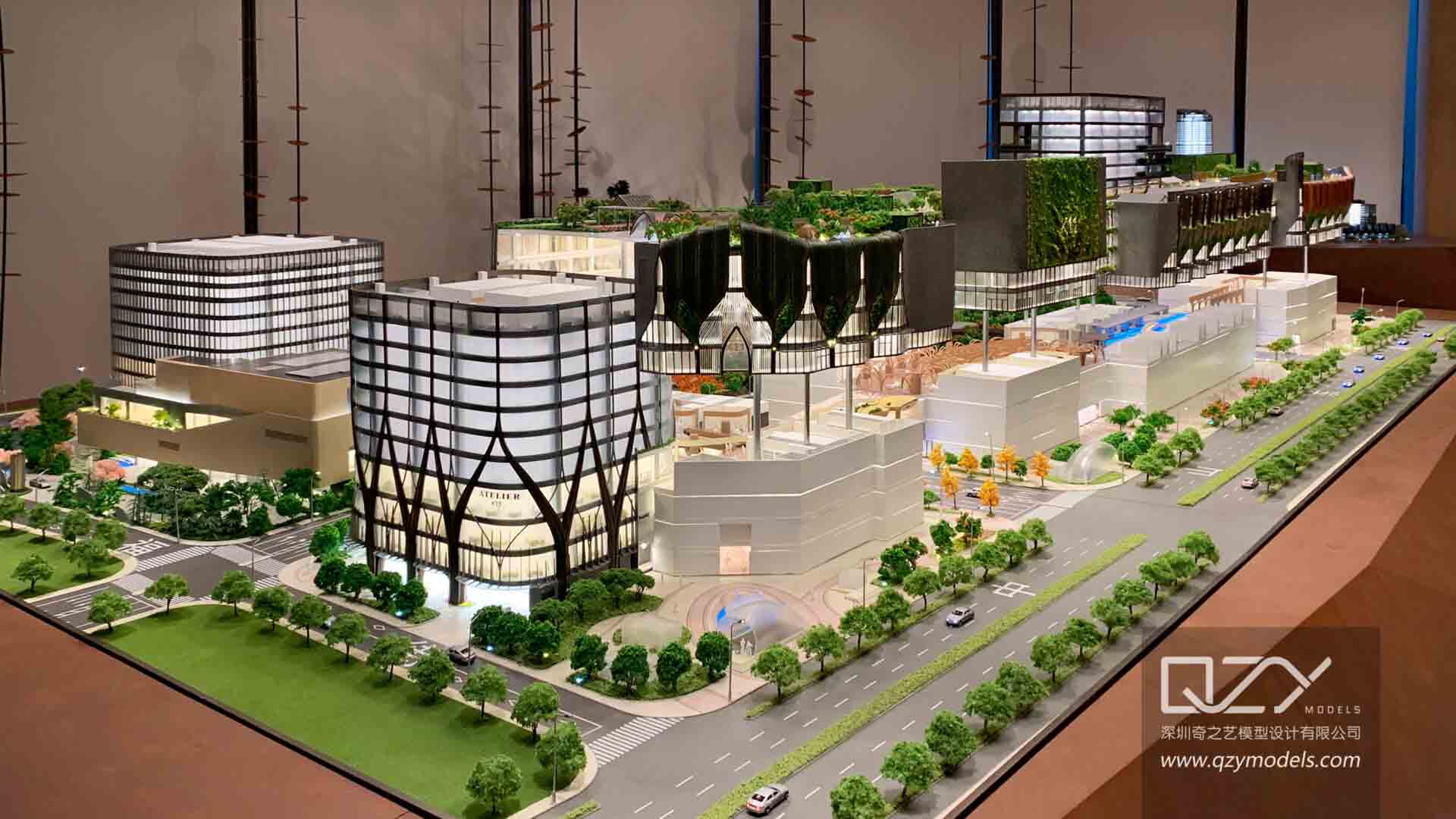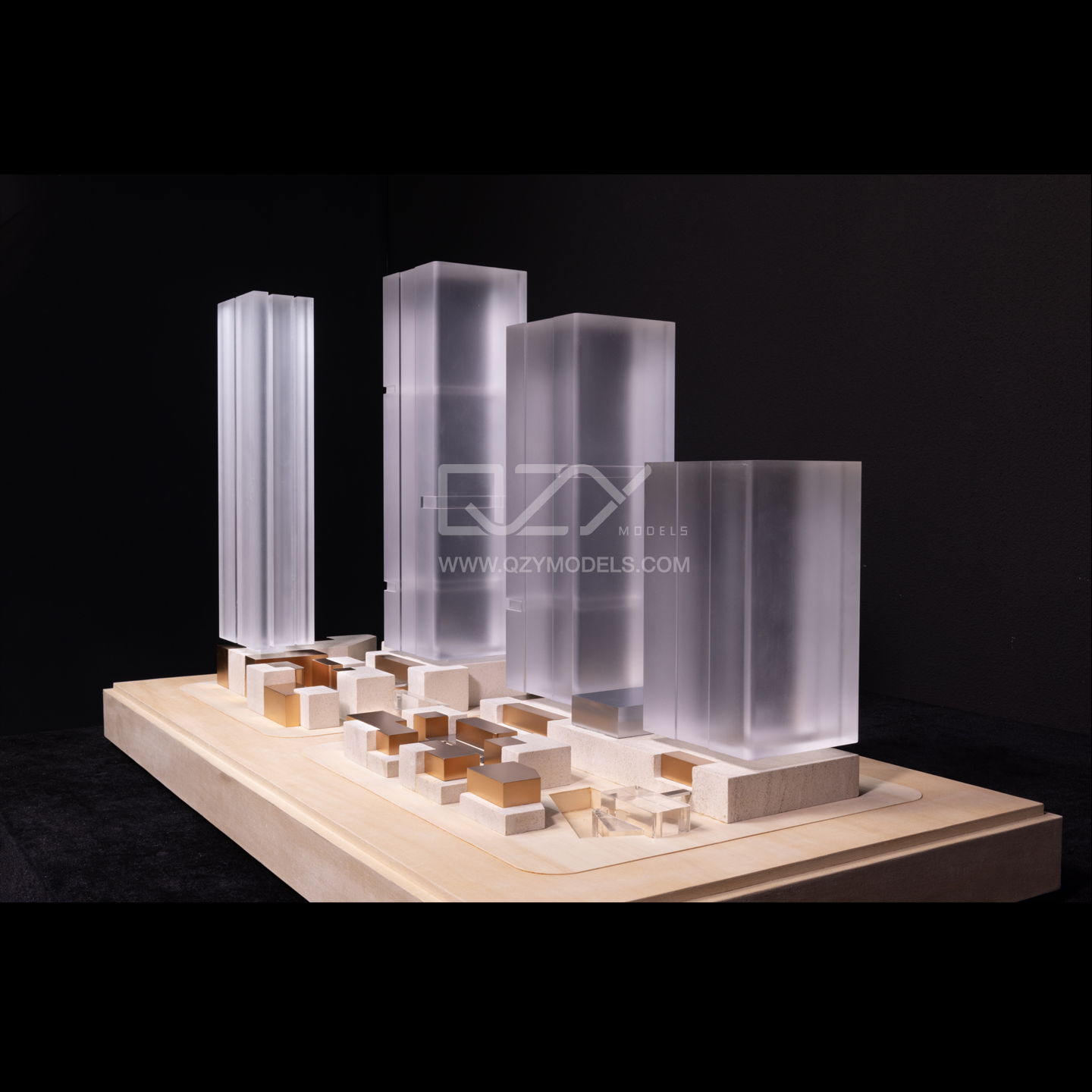Enhancing Quality Physical Models with Augmented Reality
Augmented reality (AR) technology has gained significant traction in recent years, revolutionizing the way we interact with our physical surroundings. In the realm of quality physical models, AR holds immense potential to elevate the user experience and enhance the level of detail and interactivity. By seamlessly merging the digital and physical worlds, AR can bring physical models to life and unlock a plethora of possibilities for various industries. This article explores how augmented reality is transforming the landscape of quality physical models, capturing attention and stimulating interest in this emerging trend.

- Captivating Attention with Augmented Reality
- Introduction to augmented reality and its ability to overlay digital content onto physical models
- The immersive and interactive nature of AR that captures viewers’ attention
- Advantages of using AR to augment physical models compared to traditional static models
- Igniting Interest through Enhanced Engagement
- The ability of AR to provide additional dimensions, contextual information, and dynamic simulations
- Enabling users to interact with virtual elements, navigate through complex systems, and visualize intricate details
- Examples of how AR can enhance engagement in architecture, product design, education, and other industries
- Fueling Desire with Unprecedented Possibilities
- Showcasing architectural designs with interactive 3D visualizations for clients’ virtual walkthroughs
- Simulating real-world usage scenarios for product designers to evaluate ergonomics and functionality
- Enhancing education by overlaying educational content onto physical models, facilitating immersive learning experiences
- Implementing Augmented Reality in Quality Physical Models
- Choosing the right AR platform or software based on project requirements
- Equipping physical models with markers or sensors for accurate recognition and tracking
- Calibration and synchronization between physical models and AR systems for seamless integration
- Designing AR Content for Enhanced User Experience
- Creating interactive buttons, hotspots, or gestures that trigger relevant information or animations
- Contextually linking virtual content to physical models to offer additional insights
- Balancing the amount of information presented to avoid overwhelming the user
- Transforming Industries and Unlocking Possibilities
- The impact of AR on architecture, allowing for immersive pre-visualization and client communication
- Applications of AR in product design, enabling rapid prototyping and user feedback
- Enhancing education by providing interactive and engaging learning experiences through AR-enabled physical models
Conclusion:
Augmented reality has emerged as a powerful tool for enhancing the quality of physical models, revolutionizing the way we perceive and interact with them. By harnessing the capabilities of AR, physical models become dynamic, interactive, and informative, capturing attention, stimulating interest, and fueling desire for further exploration. Architects, designers, engineers, and educators can leverage this technology to create immersive experiences that transcend the limitations of traditional models. As augmented reality continues to evolve, the integration of AR with physical models is poised to reshape industries and unlock unprecedented possibilities in the realm of quality physical models.








